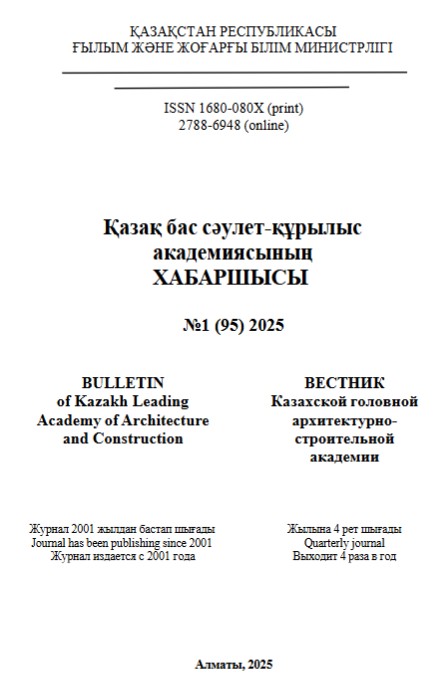Abstract
The article examines the characteristics of multilayer reflective thermal insulation materials, which are increasingly used in the construction of energy-efficient buildings. These materials include highly reflective layers capable of reflecting up to 97% of thermal radiation and spacer elements that prevent dust accumulation and create stable air gaps, significantly improving their thermal insulation properties. The study investigates their ability to reduce heat transfer through a combination of reflection, convection, and conduction mechanisms, as well as their role in preventing condensation.
The production of such materials is described as a technologically complex yet highly efficient process. The article reviews international standards, such as EN ISO 22097, and methods for measuring thermal insulation parameters, including the use of devices like the "guarded hot plate" and "hot box." Practical applications of multilayer materials in construction are analyzed, focusing on their use for insulating roofs, walls, and floors in both new buildings and renovation projects.
The findings confirm the high efficiency of multilayer reflective thermal insulation in various climatic conditions. These materials help to reduce building overheating in summer, minimize heat loss in winter, improve indoor thermal comfort, and decrease energy consumption. Their use contributes to achieving the goals of sustainable construction, making them a key component of modern building practices.

